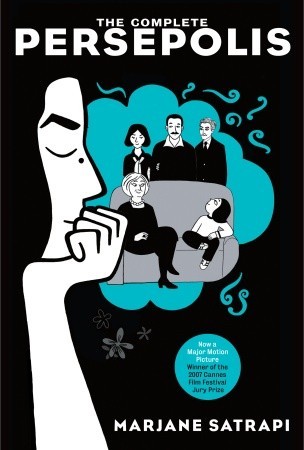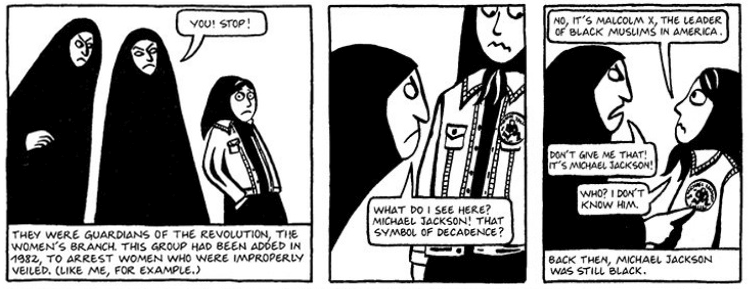 I know, I know, it's not even Thanksgiving yet! As much as I detest stores putting their entire Christmas stock on display before Halloween (I actually saw Christmas trees for sale as early as September this year!), I do like to get the jump on my Christmas crafts. It's as though the cold, fall air is a trigger for my inner Martha Stewart -- as soon as the leaves fall, I'm ready to bust out the glitter glue and craft paper.
I know, I know, it's not even Thanksgiving yet! As much as I detest stores putting their entire Christmas stock on display before Halloween (I actually saw Christmas trees for sale as early as September this year!), I do like to get the jump on my Christmas crafts. It's as though the cold, fall air is a trigger for my inner Martha Stewart -- as soon as the leaves fall, I'm ready to bust out the glitter glue and craft paper.Kids Make Christmas
By Pia Deges
Published by David & Charles Publishers; Copyright 2013
Now when it comes to getting crafty, I tend to head straight to Pinterest (and the Internet at large) for inspiration, but this time I decided to check out what my library had in the way of craft books for children. This year I'll be celebrating the holidays in a new house, and I'm looking forward to having my niece and nephews over to help me decorate. Aptly titled, Kids Make Christmas, this newly published book boasts over 40 projects, including ornaments, gifts, even culinary delights. Each project is broken down into easy steps with accompanying full-page photographs of the finished product, as well as a list of materials and fun tips. There is even a section for crafting New Year's Eve party supplies and handy templates for use with all of the projects throughout the book.
Kids Make Christmas is aimed at children, but teenagers and adults will enjoy these projects as well. From Birdie Handwarmers to Angel Candles, Christmas Owls and Bell Jar Baubles, there is no shortage of cute craft ideas. The materials are fairly inexpensive and can be found at any craft store, like Michael's or Hobby Lobby. One word of caution: some projects require the use of hot glue guns, ovens, craft knives, irons and sewing needles, so kids should be supervised at all times!
More kid-friendly holiday craft resources:
Fa La La La Felt: 45 Handmade Holiday Decorations by Amanda Carestio
My Christmas Craft Book for Kids by Anna Murray
Christmas Crafting with Kids: 35 Projects for the Festive Season by Catherine Woram
Christmas Crafts for Kids
Kids' Christmas Activities




